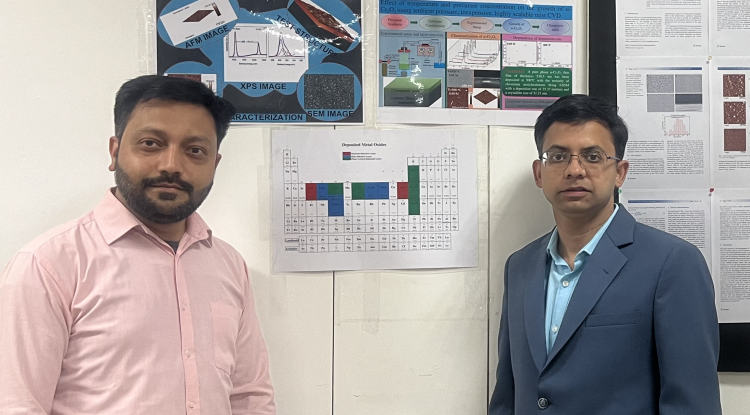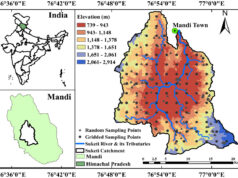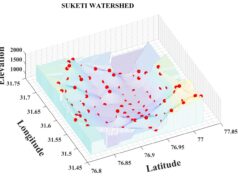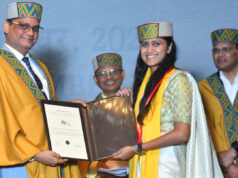IIT Mandi research will enhance the fabrication process of advanced architecture silicon photovoltaic devices by reducing the cost and complexity of commercial techniques.
Mandi: Researchers at the Indian Institute of Technology (IIT) Mandi have made a significant breakthrough in developing metal oxide layers for use in advanced architecture silicon solar cells.
Researchers at IIT Mandi have developed a low-cost process to produce ultrathin films of metal oxides from cheaper starting materials. Specifically, they used an aerosol-assisted chemical vapour deposition technique to deposit nickel oxides thin film on a silicon substrate.
Explaining the process, Dr Kunal Ghosh, IIT Mandi, said, “Aerosol-assisted chemical vapour deposition is a technique used to produce high-quality, uniform thin films on various surfaces, including silicon, by delivering a vapour phase precursor in the form of an aerosol. The aerosol enables the deposition of a wide range of oxide-based materials with high precision, making it a versatile and cost-effective method for various applications in materials science and engineering.”
The team used nickel nitrate to produce Nickel oxide films with a thickness of approximately 15 nanometres. They analysed the nickel oxide films’ morphology and composition using various characterization techniques. They also examined the diode characteristics of the deposited thin film on the silicon substrate and found it to have properties suited for the fabrication of solar cells.
Presently, the project is at Technology Readiness Level (TRL) 3, which means that it is still in the early stages of development. However, with further development and increased TRL, this technology has the potential to be adopted by the industry. This research will enhance the fabrication process of advanced architecture silicon photovoltaic devices, reducing the cost and complexity of commercial techniques.













